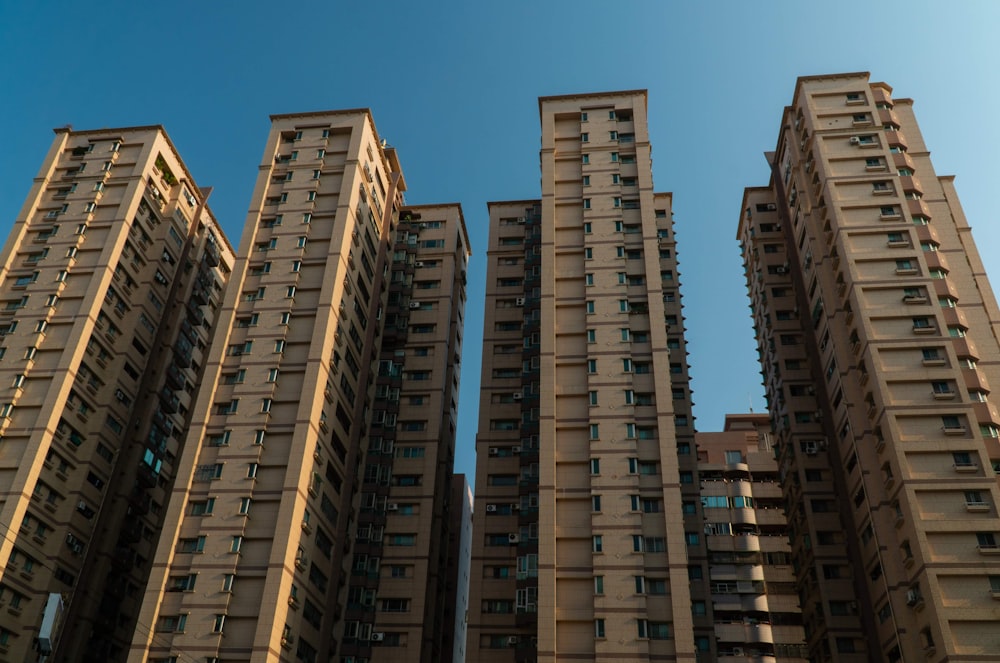Fire Damage to a Building Requires a Structural Engineering Assessment
Fire is an extremely destructive force that can annihilate almost everything it comes in contact with. In 2019, the National Fire Protection Association (NFPA) reported an estimated 1.3 million fires. These fires caused roughly 3,700 civilian fire deaths, 16,600 reported civilian fire injuries, and an estimated $14.8 billion in property damage.
If a building was exposed to a fire event, the likelihood that its structural integrity has been compromised can be very high. In such situations, the owners need to know immediately the precise extent of the structural damage and the necessary repairs and restoration work required for the building to be safe and fully functional again.
To get such insights, owners should tap the expertise of a highly trained and licensed structural engineer to investigate the property and evaluate the degree of damage caused by the incident.
Understanding Post-Fire Damage Assessment by a Structural Engineer
A post-fire damage assessment is a process conducted by a structural engineer wherein they evaluate if the structural components of the building exposed to fire can still function as they are intended to originally.
This assessment can include the use of destructive and non-destructive testing of materials used in the building, such as concrete, wood, and steel. A site clean-up will also be conducted to remove the soot and other contaminants that may prevent an efficient visual analysis of the components. Collateral items, such as doorknobs and lamps, may also be examined to determine the severity of the damage, as well as the temperature of the fire.
Understanding the fire’s temperature is one of the structural engineer’s top priorities as it will help them determine how long the fire was burning, thereby helping them determine the extent of potential damage to surrounding structural components.
How Structural Engineers Assess Damage Caused by Fire?
After the site has been cleared of debris, a structural engineer can come and examine the structure and create a list of damaged structural components, and list them in order of repair or replace priority. To do that, they will verify if the load-carrying capabilities of these structural elements are sound and have not been significantly compromised by the fire.
Structural engineers specializing in structural analysis and material testing use various tests to evaluate defects induced by fire damage. The measurements of deformations or defects can be taken physically or through photographs, which can be compared to similar but unaffected components of the same building.
The test employed, however, varies depending on the materials the structural components are made of.
- Concrete
While concrete is a popular material due to its low thermal conductivity, its performance can be reduced significantly by extreme heat.
Signs of fire-damaged concrete include cracking and spalling of the surface, which is primarily caused by the varying thermal expansion properties of constituent materials of the concrete.
The damage can also be initiated when the concrete is doused by hose streams or automatic sprinkler systems, which then creates super-heated steam that causes internal pressure within the concrete structural components.
One of the tools that structural engineers often use to perform a condition assessment to fire-damaged concrete is the sounding hammer. It is a tool used to measure the resonance of the concrete – if it emits a sharp ringing sound, then the concrete is still in good condition. However, if it exhibits a dull thud, then the concrete could be severely damaged and must undergo additional, potentially destructive, testing.
The sounding hammer can also be used for destructive testing; that is, collecting a core sample from the concrete. The sample is sent to the laboratory for thorough testing of its actual strength and visual color analysis. According to studies, concrete containing silicate aggregates, such as quartz, will turn red when heated to a range of 572°F to 1112°F. Additionally, a cement matrix in temperature between 1112°F and 1652°F will turn whitish-grey and heating it to between 1652°F and 1832°F gives a buff color.
- Steel
Unlike concrete, steel has higher thermal conductivity, making it more vulnerable to fire damage. Warping, buckling, and twisting are some of the signs of fire-damaged steel. The severity of these deformations must be carefully quantified as they are a significant factor to consider which steel members must be replaced.
Aside from the direct heat, another issue that can damage the steel components of the structure is chemical contamination caused by the combustion of the materials inside the building. Structural steel can suffer corrosion from burning materials that release acid and alkaline smoke, such as plastics. To determine if the structural steel has been exposed to corrosive contaminants, structural engineers can take wipe samples of the contaminant and send it to the laboratory for further examination.
Some buildings also use metal for wall and roofing panels. In such cases, structural engineers will also check if these metal panels are secured in place by rubber washers, which are usually used to prevent water and moisture from entering the building. If rubber washers were used, water testing can be performed to identify the locations where the rubber washers could have deformed or melted off. Once the sites are identified, these washers must be replaced to prevent further damage to the property due to water or moisture intrusion.
- Wood
When it comes to assessing the damage to a structural element made of wood, determining the amount of charring can indicate the duration of the fire, and more importantly, the remaining structural capacity of the component. Often, a visual inspection alone is enough to measure the amount of charring on the wood and whether it is still fit for use.
Careful consideration to rigidity and stability is also extremely crucial in places such as joints, where the wood structure is likely fastened by steel plates or steel fasteners like screws and nails. As these materials conduct more heat during a fire, they can lead to internal charring which could lead to failure of the wood structure in the future. Therefore, the structural engineer needs to inspect the joints and connections thoroughly to check for hidden damage.
Why Hire a NJ Structural Engineer for a Post-Fire Damage Assessment?
Once the inspection is completed, they will provide the owner with a comprehensive fire damage assessment report which can be used for the following situations:
- Repair and Restoration Project
A fire damage inspection report by a structural engineer includes an engineering design plan to repair damage discovered in the structure. Since structural engineers are licensed and accredited to sign and seal the design plan, their signatures are required before actual repairs start.
- Insurance Claims
Before the owners can claim their insurance reimbursement checks, they need to submit a professional on-site evaluation of the damage that occurred in the building. Licensed structural engineers in New Jersey can obtain the necessary evidence which details the probable cause of the damage, its severity, and possible solutions to resolve it.
- Legal Proceedings
Structural engineers can stand as witnesses in legal proceedings to resolve disputes related to the fire incident.
They can also testify in cases that may involve injuries caused by deficiency that led to the fire incident. Forensic engineers give objective, fact and data-based testimony which can significantly help in resolving legal concerns about structures.
Conclusion
If a building has survived a fire, a careful assessment by a structural engineer from Lockatong Engineering can help the owners determine the integrity of the building and implement corrective actions that must be done to ensure it is safe for continued use. Contact our NJ structural engineers today to learn more about our engineering inspection services.








